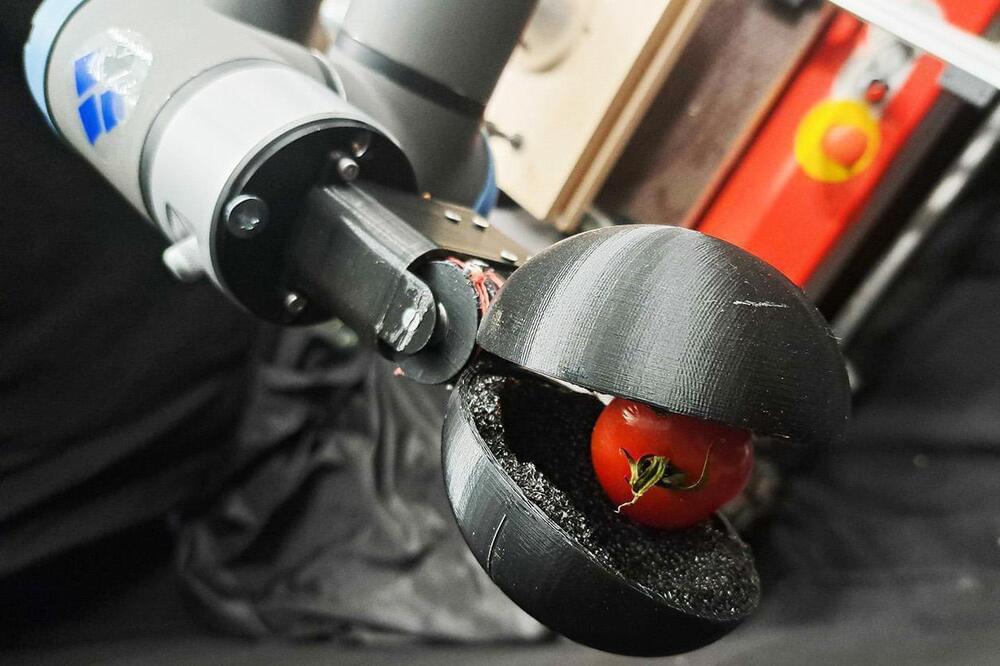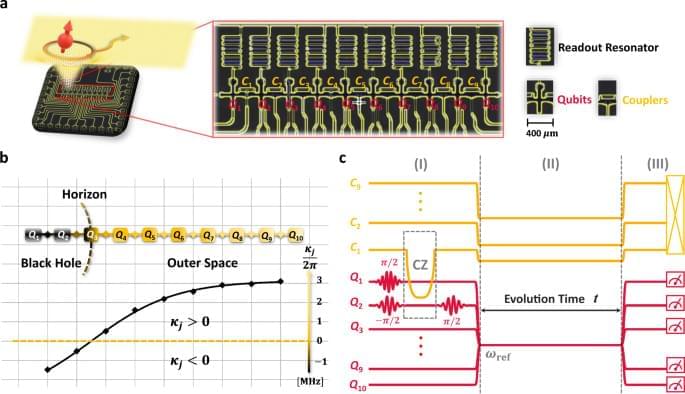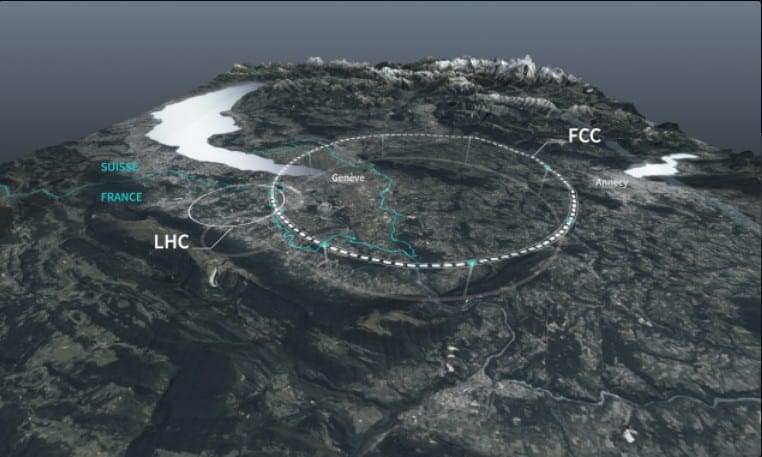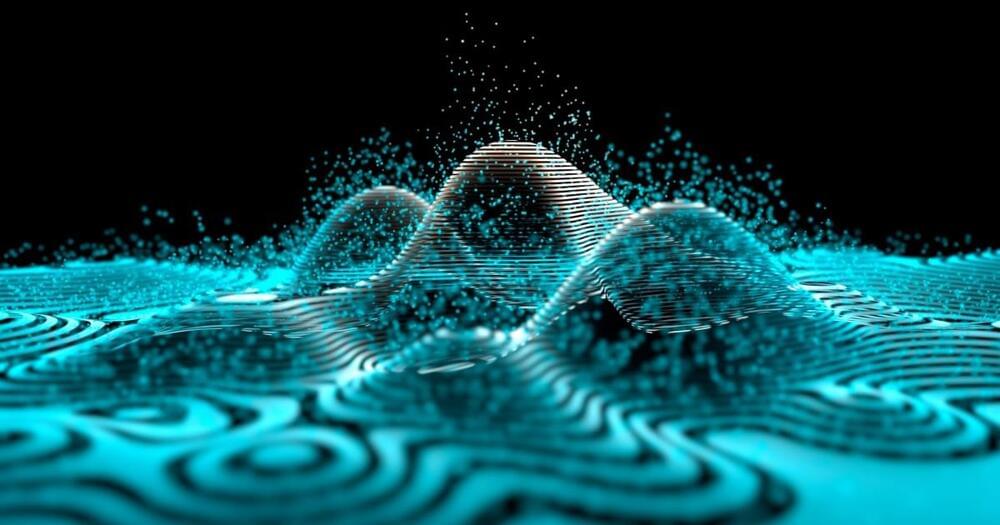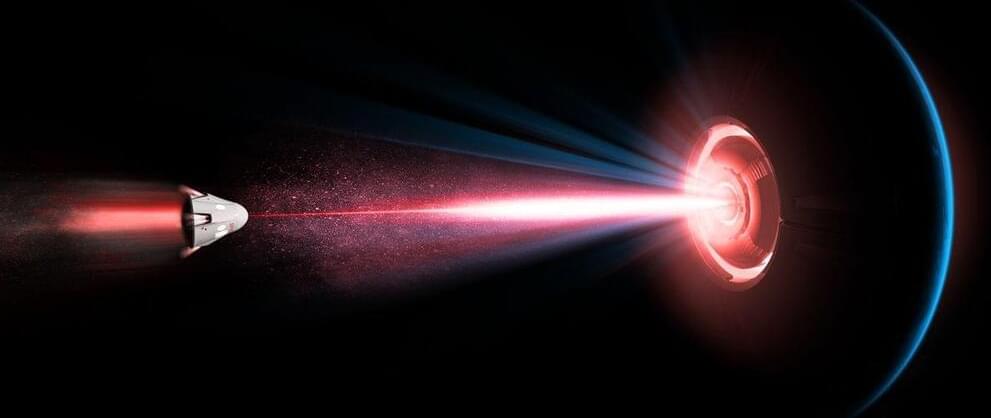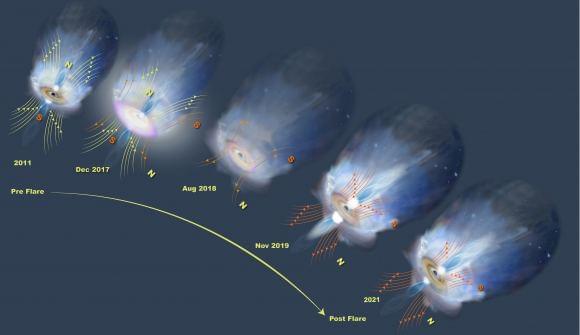Perhaps not surprisingly, the AI was the most helpful for the least-skilled workers and those who had been with the company for the shortest time. Meanwhile, the highest-skilled and most experienced agents didn’t benefit much from using the AI. This makes sense, since the tool was trained on conversations from these workers; they already know what they’re doing.
“High-skilled workers may have less to gain from AI assistance precisely because AI recommendations capture the knowledge embodied in their own behaviors,” said study author Erik Brynjolfsson, director of the Stanford Digital Economy Lab.
The AI enabled employees with only two months of experience to perform as well as those who’d been in their roles for six months. That’s some serious skill acceleration. But is it “cheating”? Are the employees using the AI skipping over valuable first-hand training, missing out on learning by doing? Would their skills grind to a halt if the AI were taken away, since they’ve been repeating its suggestions rather than thinking through responses on their own?

